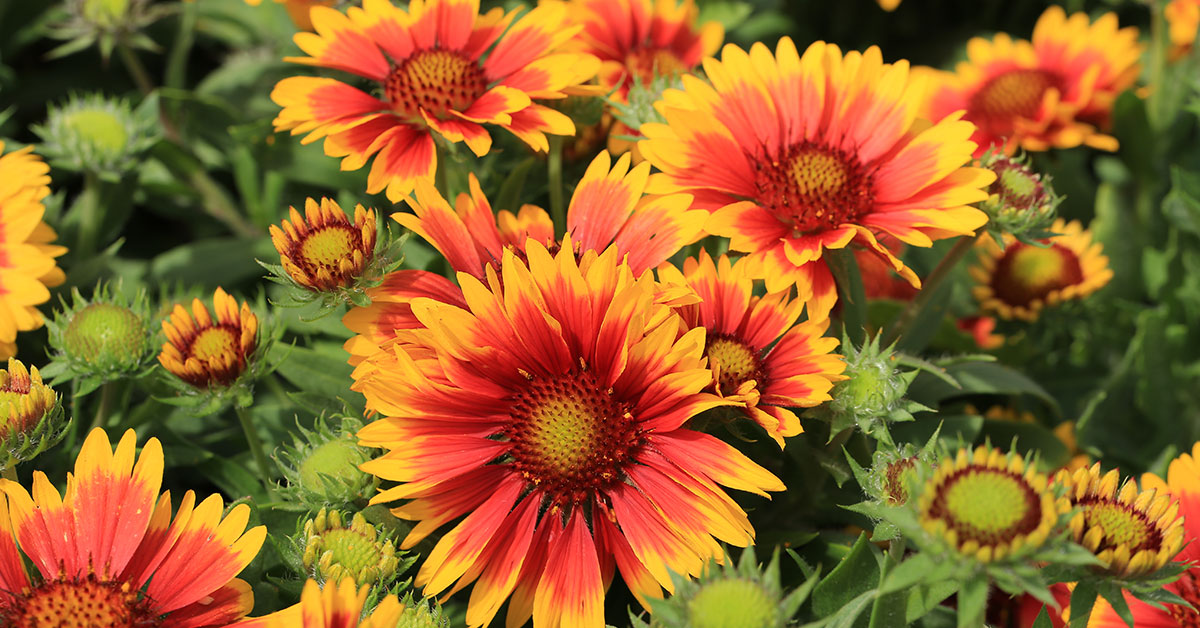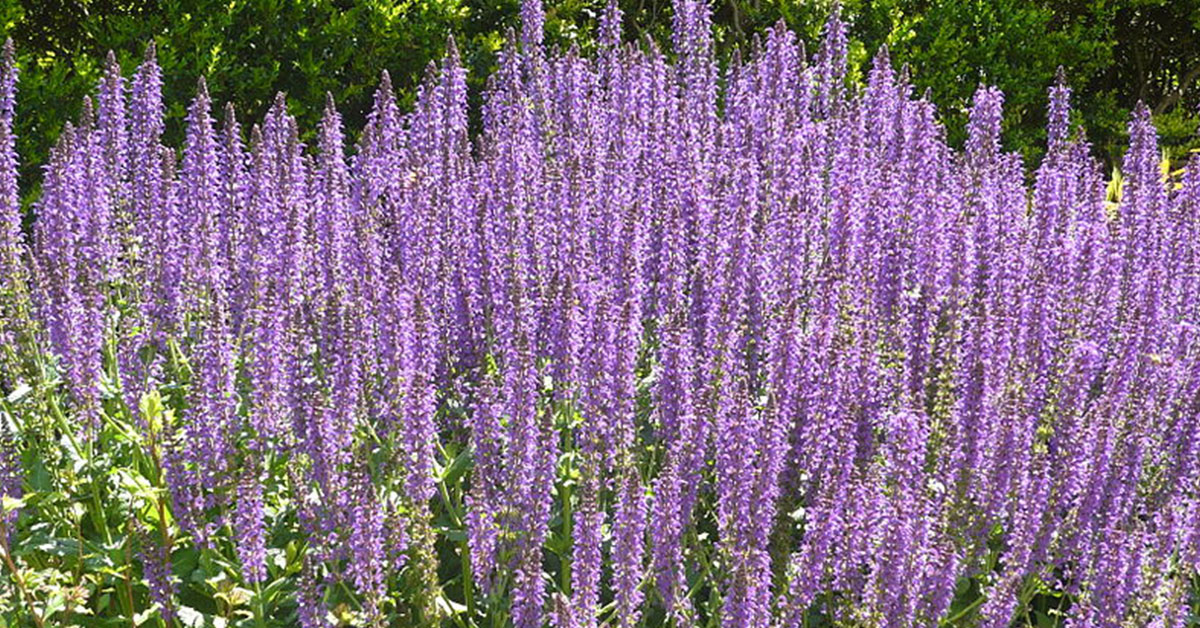Adding perennials to your garden is a fantastic way to ensure year-after-year beauty with minimal effort. These resilient plants come back each season, often growing more robust and attractive over time. By choosing low-maintenance perennials, you can enjoy a vibrant garden without spending countless hours on upkeep.
In this article, I’ll share fifteen low-maintenance perennials that are perfect for any garden. These selections are hardy, adaptable, and require minimal care, making them ideal for both novice and experienced gardeners. Let’s explore these fantastic plants that will bring enduring beauty to your landscape!
Black-Eyed Susan
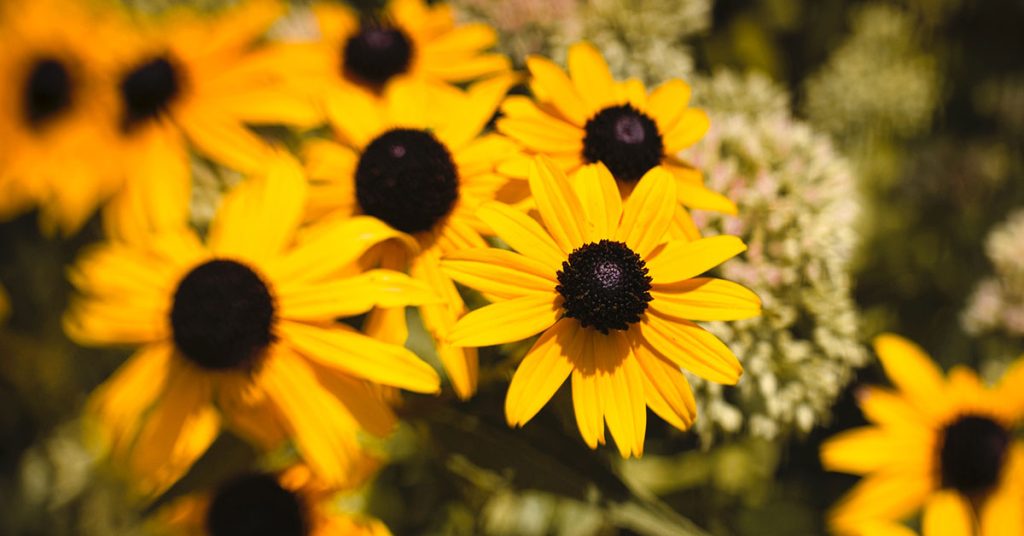
Black-eyed Susans are a garden favorite known for their bright yellow petals and dark centers. Blooming from mid-summer to fall, these hardy perennials are incredibly easy to care for. They thrive in full sun and well-drained soil, and once established, they are quite drought-tolerant.
I love how black-eyed Susans add a splash of color to my garden with minimal effort. They are also deer-resistant and attract pollinators like butterflies and bees, enhancing the overall health of the garden ecosystem. Deadheading spent flowers encourages more blooms, but even without it, these plants will continue to thrive and spread.
Sedum
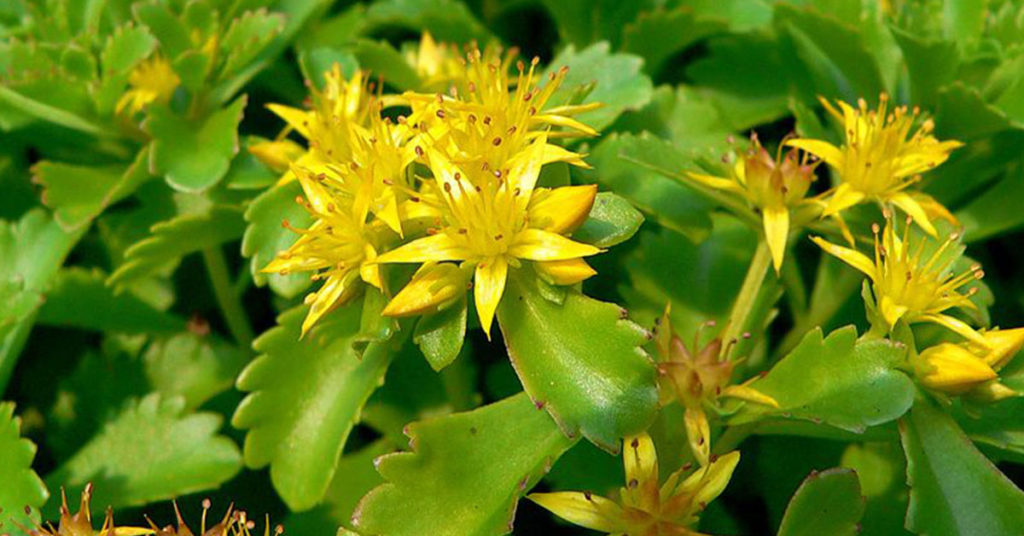
Sedum, also known as stonecrop, is a tough and versatile perennial that’s perfect for low-maintenance gardens. With its succulent leaves and star-shaped flowers, sedum adds texture and interest to garden beds and borders. It blooms from late summer to fall and is incredibly drought-tolerant once established.
One of my favorite sedum varieties is ‘Autumn Joy,’ which produces beautiful pink flowers that turn a rich rust color as the season progresses. Sedum thrives in full sun to partial shade and well-drained soil. It’s resistant to pests and diseases, making it a hassle-free addition to any garden.
Coneflower
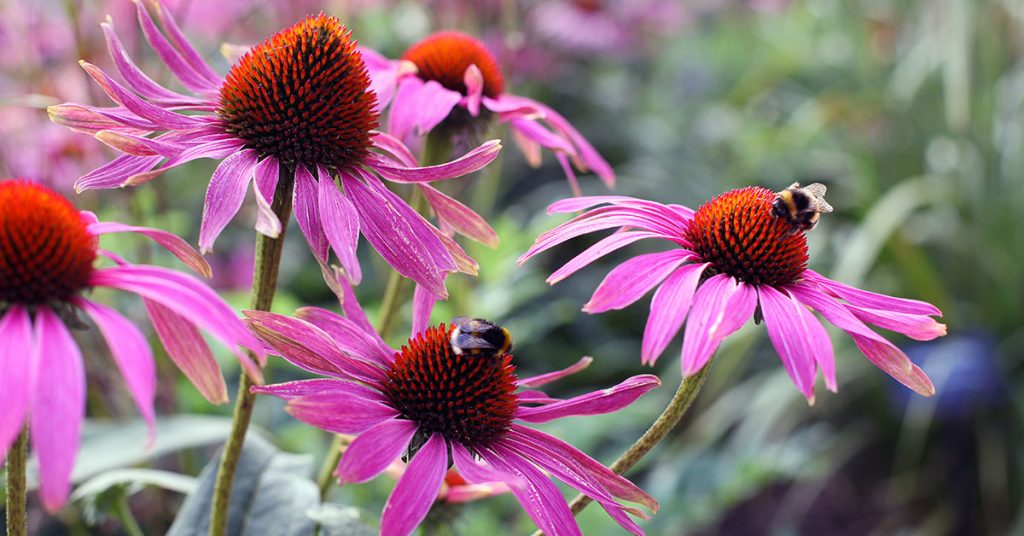
Coneflowers, or echinacea, are resilient perennials that bring vibrant color and pollinators to your garden. These plants bloom from early summer to fall, producing daisy-like flowers in shades of pink, purple, and white. Coneflowers thrive in full sun and well-drained soil and are highly drought-tolerant once established.
I adore coneflowers for their long-lasting blooms and ability to attract butterflies and bees. They’re also deer-resistant and can handle poor soil conditions. Deadheading spent flowers can encourage more blooms, but these plants are so easy-going that they’ll perform well even with minimal attention.
Daylilies
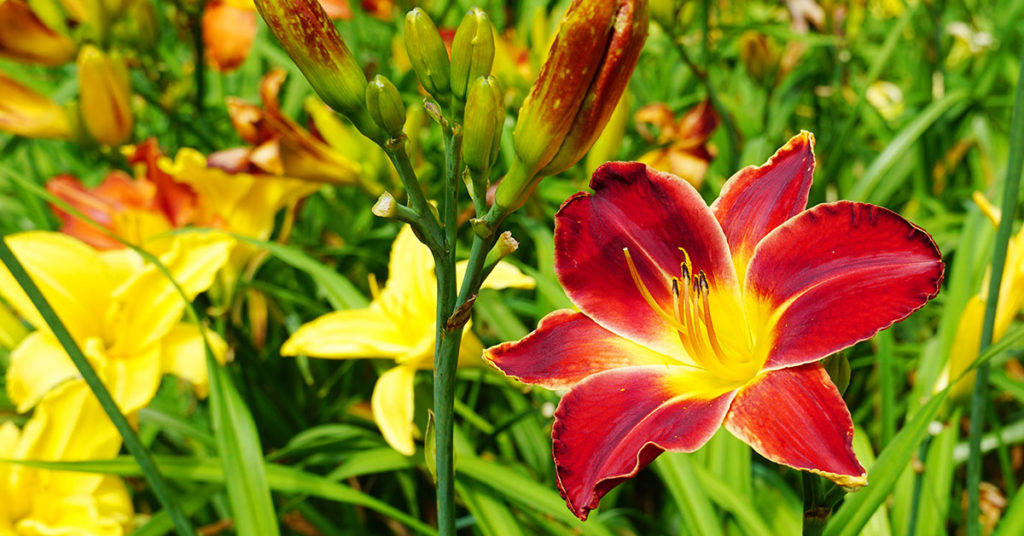
Daylilies are one of the easiest perennials to grow, making them perfect for low-maintenance gardens. These hardy plants produce abundant blooms in a wide range of colors, from vibrant yellows and oranges to soft pinks and reds. Daylilies bloom from late spring to summer and thrive in full sun to partial shade.
One of my favorite things about daylilies is their adaptability. They can tolerate various soil types and conditions, including drought and poor soil. Daylilies are also pest-resistant and require very little maintenance once established. Simply planting them in the right spot and providing occasional water is all it takes to enjoy their beautiful blooms year after year.
Hostas
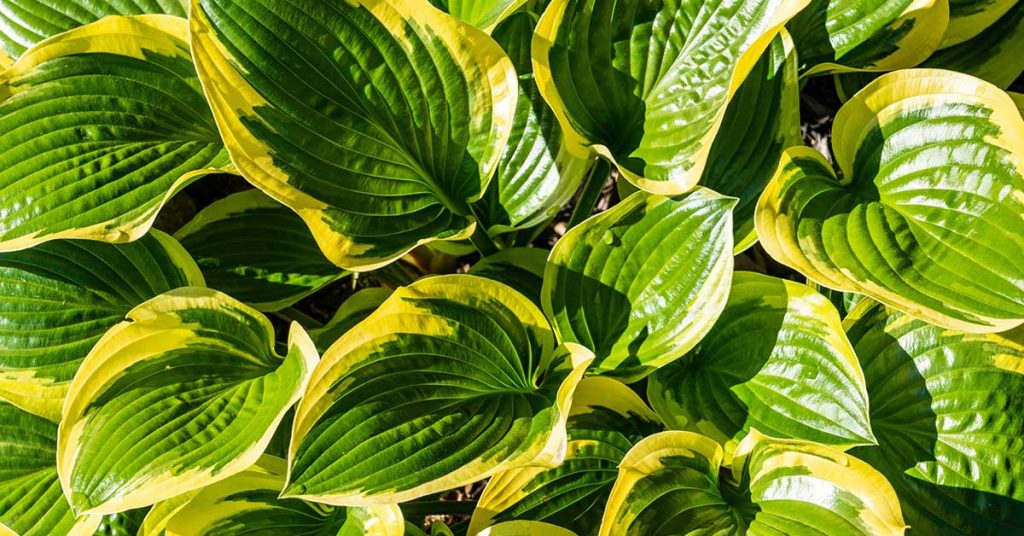
Hostas are shade-loving perennials known for their lush, variegated foliage. These plants are incredibly low-maintenance and thrive in areas with partial to full shade. Hostas produce spikes of lavender or white flowers in the summer, but their primary appeal is their attractive leaves, which come in various shades of green, blue, and yellow.
I love how hostas can transform a shady corner of the garden into a lush, green oasis. They’re very easy to care for, requiring only regular watering and minimal fertilization. Hostas are also highly adaptable to different soil types and are resistant to most pests and diseases. They’re perfect for adding texture and color to shaded areas of your garden.
Russian Sage
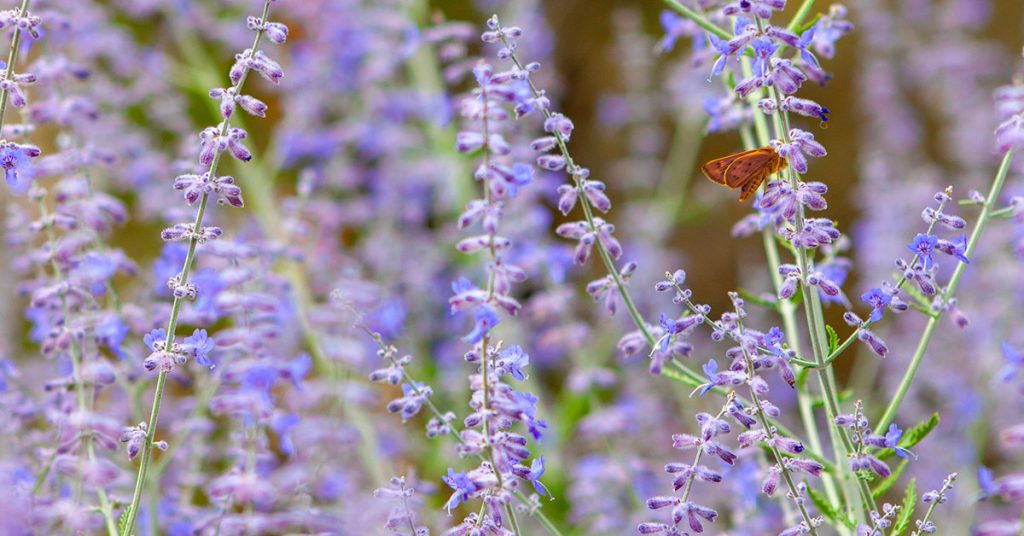
Russian sage is a tough, drought-tolerant perennial that thrives in full sun and well-drained soil. This plant produces tall spikes of lavender-blue flowers from mid-summer to fall, adding a touch of elegance to garden borders and beds. Russian sage is deer-resistant and attracts pollinators, making it a great choice for eco-friendly gardens.
One of the best things about Russian sage is its resilience. It can tolerate poor soil conditions and requires very little maintenance once established. Simply plant it in a sunny spot and enjoy its beautiful, fragrant blooms. It’s a fantastic option for low-maintenance gardens where you want to add height and color without a lot of effort.
Catmint
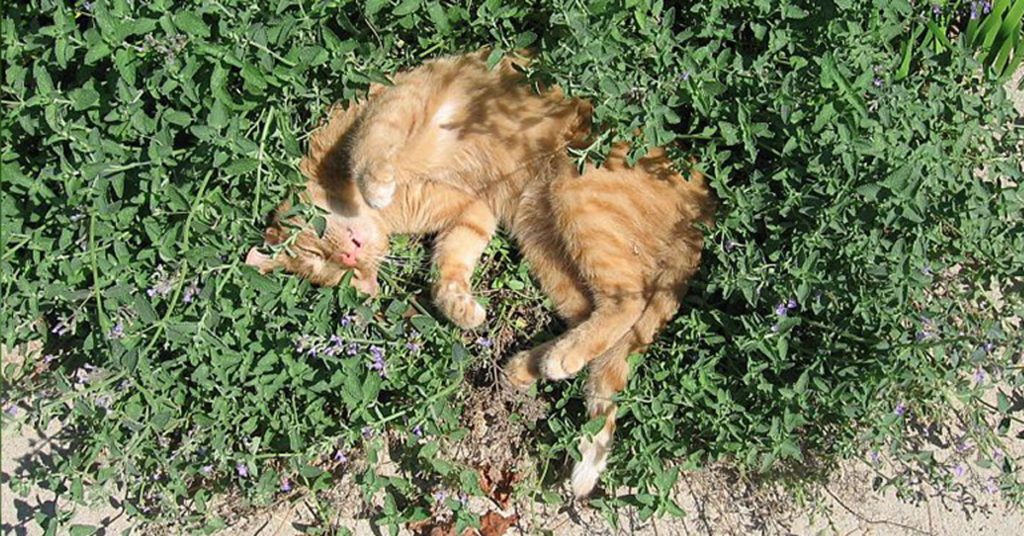
Catmint, or nepeta, is a fragrant perennial that’s perfect for low-maintenance gardens. This plant produces masses of lavender-blue flowers from late spring to early fall, attracting bees and butterflies. Catmint thrives in full sun to partial shade and well-drained soil and is highly drought-tolerant once established.
I love catmint for its long blooming period and delightful scent. It’s incredibly easy to grow and requires very little care. Simply prune it back after the first flush of blooms to encourage a second wave of flowers. Catmint is also deer-resistant and can tolerate poor soil conditions, making it a reliable and attractive choice for any garden.
Yarrow
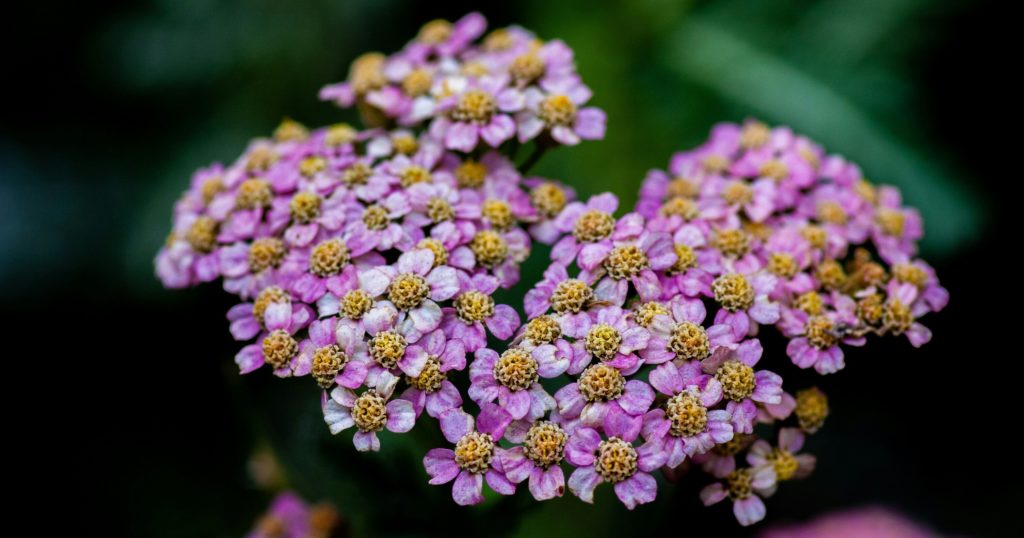
Yarrow is a hardy perennial known for its clusters of tiny, brightly colored flowers that bloom from early summer to fall. This plant is incredibly low-maintenance and thrives in full sun and well-drained soil. Yarrow is drought-tolerant and can handle poor soil conditions, making it a versatile addition to any garden.
One of my favorite things about yarrow is its ability to attract beneficial insects like ladybugs and hoverflies, which help control garden pests. Yarrow is also deer-resistant and can be used in fresh or dried flower arrangements. Its fern-like foliage adds texture to garden beds and borders, and its long-lasting blooms ensure a continuous display of color.
Blanket Flower
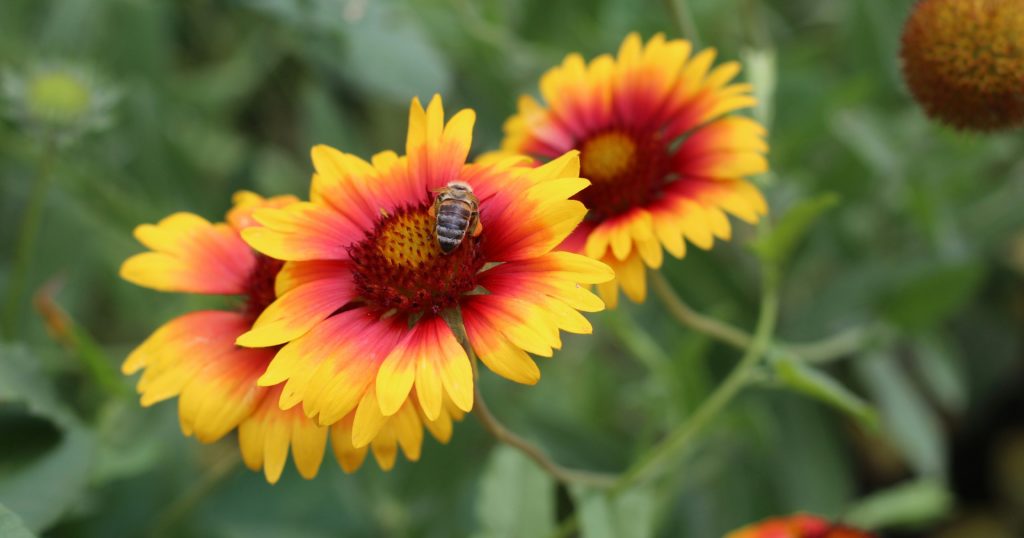
Blanket flower, or gaillardia, is a vibrant perennial that produces daisy-like flowers in shades of red, orange, and yellow. This plant blooms from early summer to fall and thrives in full sun and well-drained soil. Blanket flowers are highly drought-tolerant and can handle poor soil conditions, making them perfect for low-maintenance gardens.
I love blanket flowers for their bright, cheerful blooms and long flowering period. They’re incredibly easy to grow and require minimal care. Deadheading spent flowers can encourage more blooms, but these plants will continue to thrive even without it. Blanket flowers are also deer-resistant and attract pollinators, making them a valuable addition to any garden.
Sedum ‘Autumn Joy’
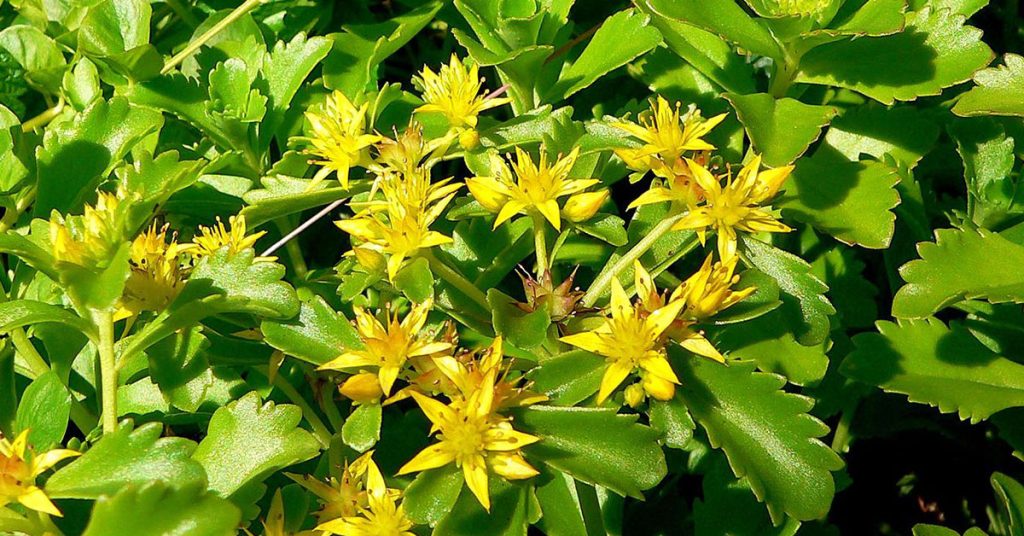
Sedum ‘Autumn Joy’ is a popular variety of stonecrop known for its beautiful pink flowers that bloom from late summer to fall. This plant is incredibly low-maintenance and thrives in full sun to partial shade and well-drained soil. Sedum ‘Autumn Joy’ is drought-tolerant and can handle poor soil conditions, making it a reliable choice for any garden.
One of my favorite things about Sedum ‘Autumn Joy’ is its ability to attract butterflies and other pollinators. Its succulent leaves and sturdy stems make it a tough plant that requires very little care. Simply plant it in a sunny spot and enjoy its beautiful blooms year after year. It’s a fantastic option for low-maintenance gardens where you want to add color and texture without a lot of effort.
Coral Bells
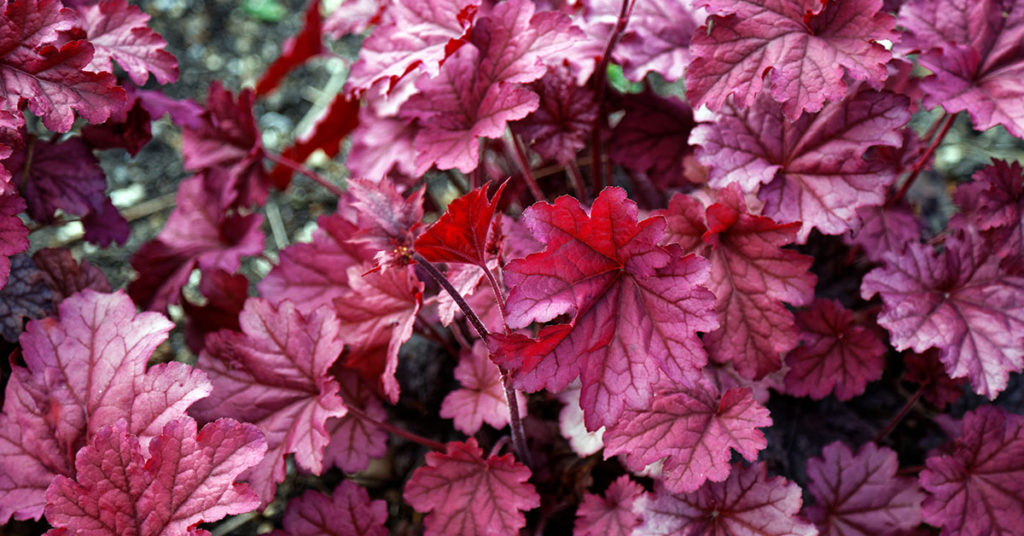
Coral bells, or heuchera, are shade-loving perennials known for their colorful foliage and delicate flowers. These plants thrive in partial to full shade and well-drained soil and are incredibly low-maintenance. Coral bells produce spikes of tiny bell-shaped flowers in the summer, but their primary appeal is their attractive leaves, which come in a variety of colors, including red, purple, green, and silver.
I love how coral bells can brighten up a shady garden with their vibrant foliage. They’re very easy to care for, requiring only regular watering and minimal fertilization. Coral bells are also resistant to most pests and diseases, making them a hassle-free addition to any garden. They’re perfect for adding color and texture to shaded areas and work well in borders, containers, and ground covers.
Bee Balm
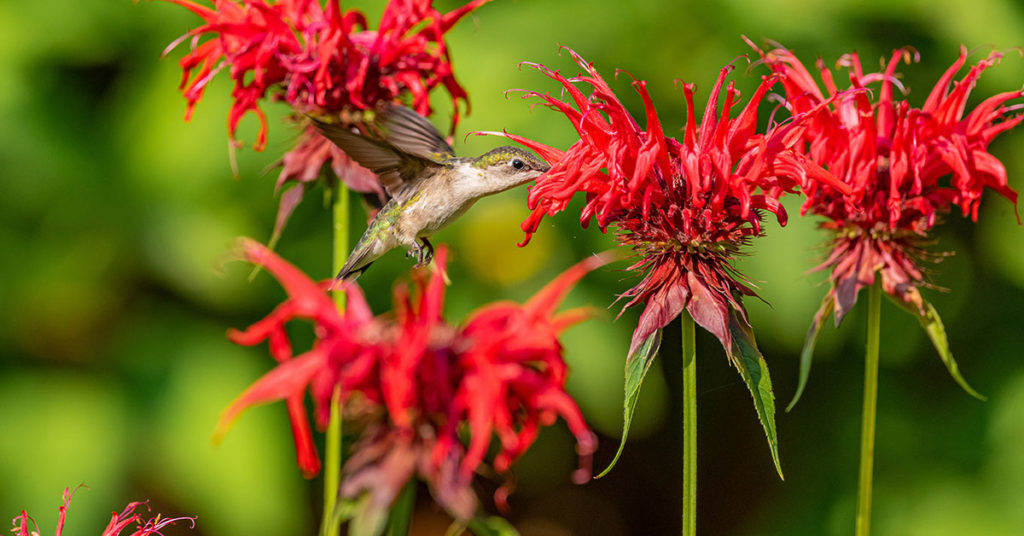
Bee balm, or monarda, is a striking perennial that produces clusters of tubular flowers in shades of red, pink, purple, and white. This plant blooms from mid-summer to early fall and thrives in full sun to partial shade and well-drained soil. Bee balm is highly attractive to pollinators like bees, butterflies, and hummingbirds, making it a valuable addition to any garden.
One of my favorite things about bee balm is its vibrant blooms and delightful fragrance. It’s easy to grow and requires minimal care, making it perfect for low-maintenance gardens. Simply water regularly and provide occasional fertilization to keep it thriving. Bee balm is also resistant to deer and can tolerate a variety of soil conditions, making it a versatile and reliable choice.
Lamb’s Ear
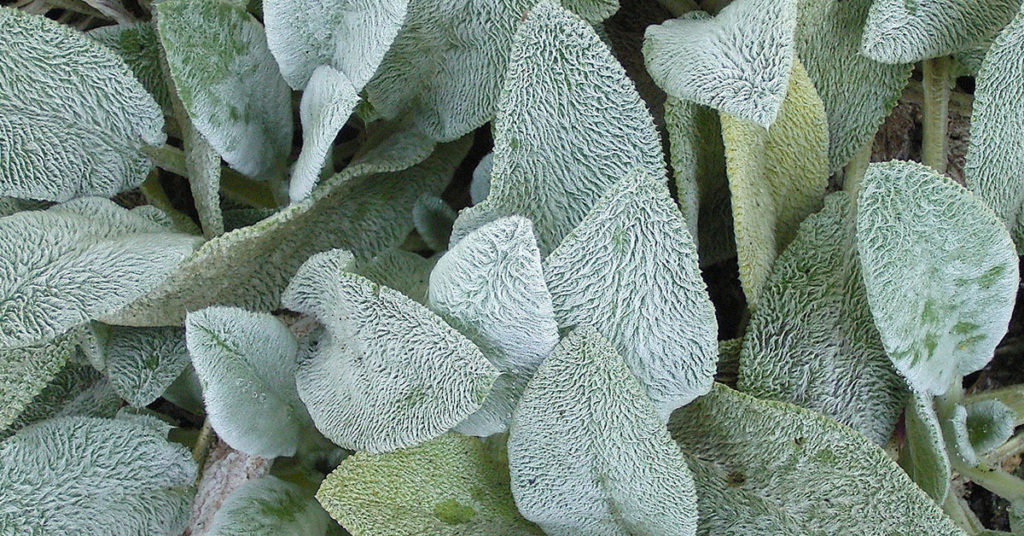
Lamb’s ear, or stachys byzantina, is a low-maintenance perennial known for its soft, silvery leaves that resemble lamb’s ears. This plant produces spikes of purple flowers in the summer and thrives in full sun to partial shade and well-drained soil. Lamb’s ear is highly drought-tolerant and can handle poor soil conditions, making it a great choice for low-maintenance gardens.
I love lamb’s ear for its unique texture and ability to add interest to garden beds and borders. It’s incredibly easy to grow and requires very little care. Simply plant it in a sunny spot and enjoy its soft, fuzzy leaves year after year. Lamb’s ear is also resistant to deer and can be used as a ground cover or in rock gardens, making it a versatile and attractive addition to any garden.
Japanese Anemone
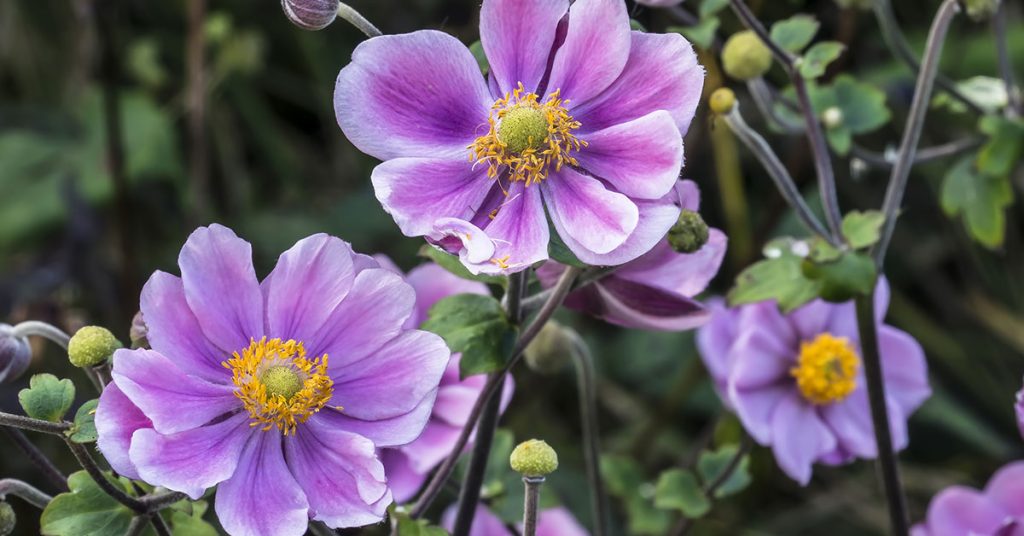
Japanese anemones are elegant perennials that produce delicate, poppy-like flowers in shades of pink, white, and purple. These plants bloom from late summer to fall and thrive in partial shade and well-drained soil. Japanese anemones are relatively low-maintenance and can tolerate a variety of soil conditions, making them a reliable choice for any garden.
One of my favorite things about Japanese anemones is their long blooming period and graceful appearance. They’re easy to care for, requiring only regular watering and occasional fertilization. Japanese anemones are also resistant to most pests and diseases, making them a hassle-free addition to any garden. They’re perfect for adding a touch of elegance and color to shaded areas.
Hellebores
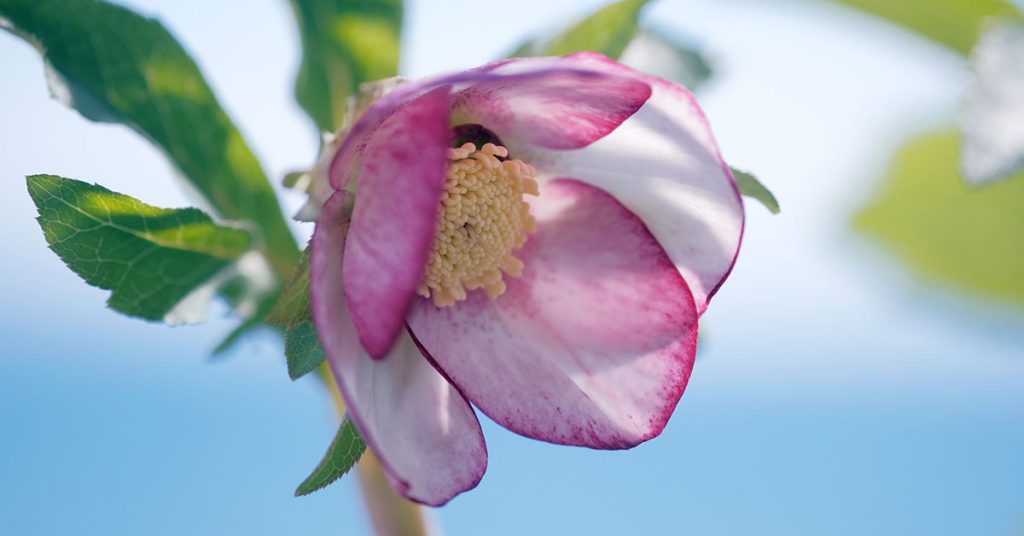
Hellebores, also known as Lenten roses, are shade-loving perennials that produce large, cup-shaped flowers in shades of white, pink, purple, and green. These plants bloom from late winter to early spring, providing early-season color to the garden. Hellebores thrive in partial to full shade and well-drained soil and are incredibly low-maintenance.
I love hellebores for their early blooms and ability to brighten up a winter garden. They’re very easy to care for, requiring only regular watering and minimal fertilization. Hellebores are also resistant to deer and most pests and diseases, making them a reliable and attractive addition to any garden. They’re perfect for adding color and interest to shaded areas and work well in borders, containers, and ground covers.
Hardy Geraniums
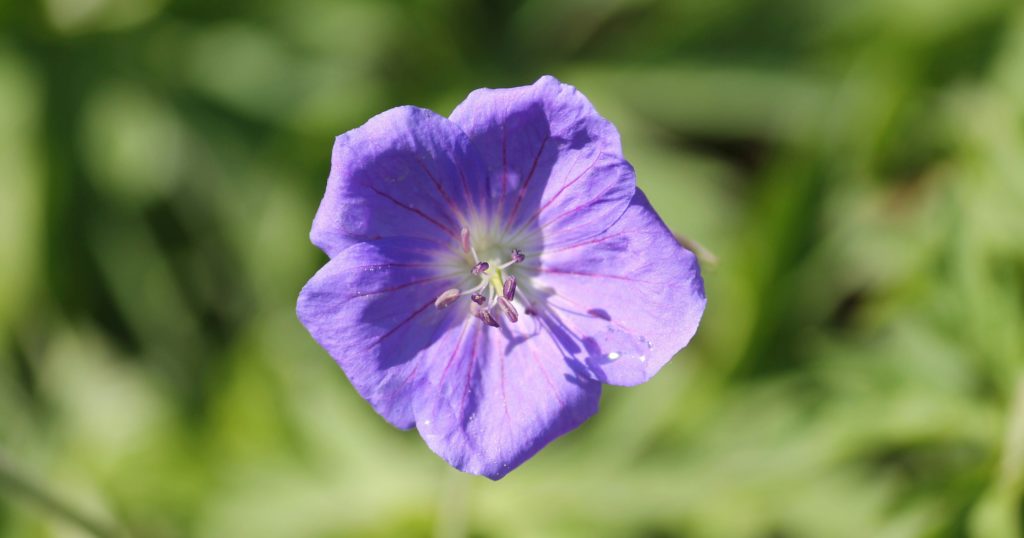
Hardy geraniums, also known as cranesbills, are versatile perennials that produce masses of small, colorful flowers in shades of pink, purple, blue, and white. These plants bloom from late spring to fall and thrive in full sun to partial shade and well-drained soil. Hardy geraniums are incredibly low-maintenance and can tolerate a variety of soil conditions, making them a reliable choice for any garden.
One of my favorite things about hardy geraniums is their long blooming period and ability to attract pollinators. They’re easy to care for, requiring only regular watering and occasional fertilization. Hardy geraniums are also resistant to deer and can tolerate drought once established, making them a versatile and attractive addition to any garden. They’re perfect for adding color and texture to garden beds, borders, and containers.
